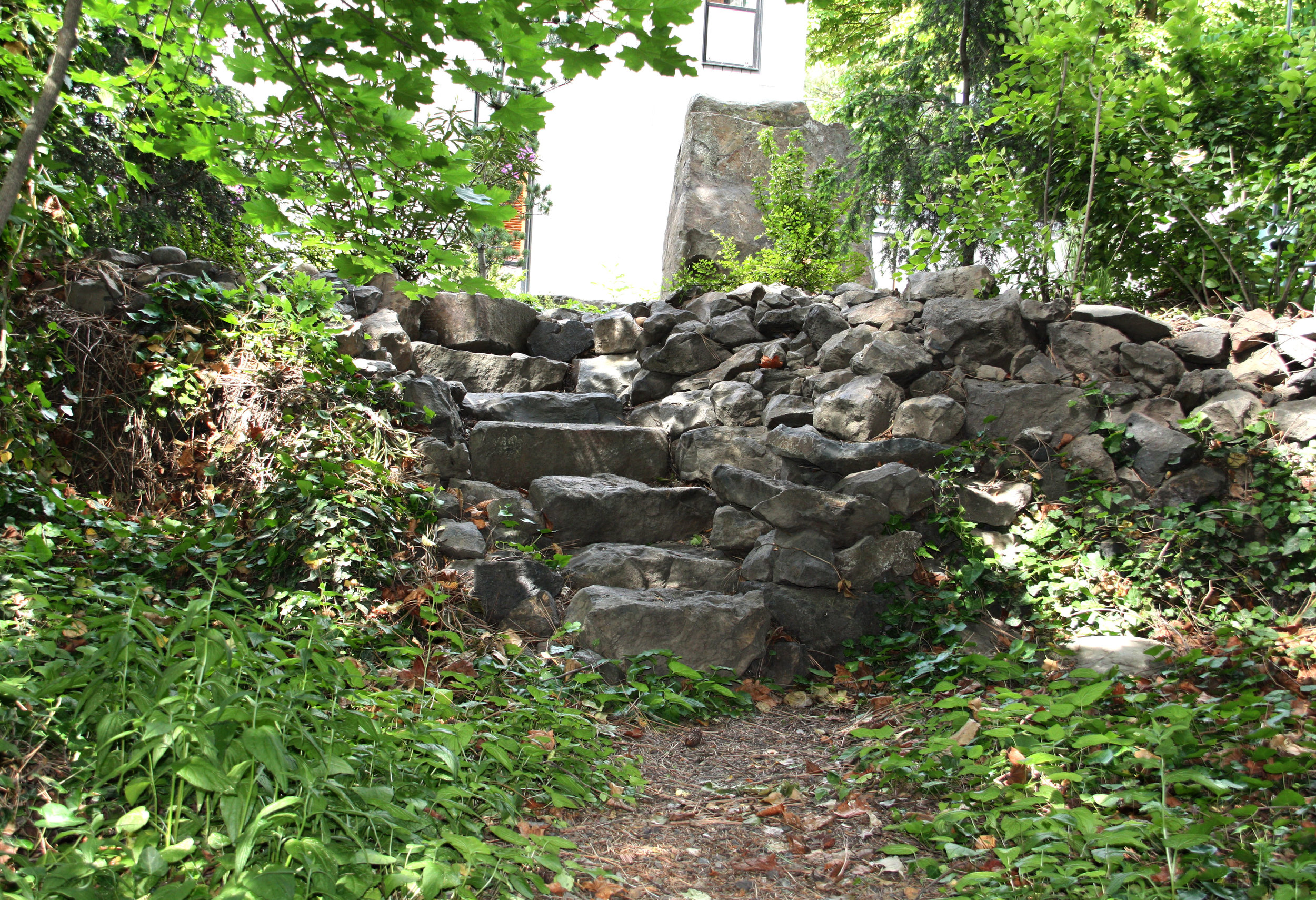For those with outdoor space, there are many composting options available to suit every level of commitment. One of the first considerations for backyard composters is usually the issue of space. While a rural property might have plenty of room for a sprawling passive compost pile, it would likely be a nuisance on an urban lot. Pests are typically an equally important consideration—a yard plagued by raccoons might be unsuitable for any type of open piles or bins. And finally, the amount of work you are willing or able to put into your compost will dictate what methods are best. A compost system that doesn’t work for your lifestyle will be abandoned
Passive Composters
Passive composting is an easy and low-maintenance way to put your organic waste to good use, simply relying on natural decomposition processes to produce compost. It can be as low-tech as a heap in the back yard, a homemade bin system, or a durable plastic bins designed for this style of composting. Not only do most purpose-made passive composter contain odors, keep out pests, and have a smaller footprint than a sprawling compost pile, they simplify the task of harvesting finished compost with a hatch at the bottom. While the effort needed for passive composting is very low, the time it takes to make compost is quite long, typically between 6 months to a year.
Compost tumblers will keep pests out, but have trouble letting decomposers in.
Compost Tumblers
Compost tumblers offer the benefits of an enclosed compost system, but they also have the ability to turn and aerate the contents for faster decomposition. There are many styles of compost tumblers on the market, but most can produce finished compost in a few months with the right mix of materials. There are a few downsides to tumblers, though. Because of their enclosed design, there is no connection to the native organisms in the soil. A compost pile or bin located on the ground has an easy path for earthworms, beetles, microbes, and other decomposers to move in and do their work, but a compost tumbler is closed off from many of these organisms. It also tends to dry out faster than other types of bins in warm weather, as all sides are exposed to the air and conduct heat to the compost inside. Most compost tumblers available are also too small to retain the heat generated naturally from decomposition which kills seeds, root fragments, and pathogens.
Three-Bin Systems
A three-bin system is great for those who are able to devote more time to managing their compost pile and also have room for a larger setup. It is one of the best setups for a hot compost pile, which is an extremely fast way to compost and also kills seeds, root fragments, and pathogens because of the high temperature it works at. The tradeoff is the necessity to frequently turn the compost—literally flipping the whole pile over weekly or more often. You add material to one bin until it is full and then move it into the adjacent bin to turn it, moving it back and forth every week. The third bin is used to once again collect material for the next pile.
This plastic mesh bin can be unclipped and repositioned to make it easy to turn the compost pile.
Portable Bin Systems
Another great option for building a hot compost pile is a removable bin. This can be a commercially available plastic product, a set of DIY hinged wood and wire panels, a simple cylinder of metal mesh, or many other creative designs. The key feature is that the bin can be unwrapped from the compost pile—which should hold itself up if all is well inside—and repositioned next to the existing pile. Then, like with the three-bin system, the compost is turned into the new location. Portable bins can be very cost-effective and can be great for those who don’t have space for a three-bin system, or who want a less permanent option.
Worm Bins
Finally, worm bins are another option outdoors! Areas with mild winters can take advantage of worm bins year round, but in northern climates like in Spokane and Coeur D’Alene, worms must retreat below the frost line to survive. That means that it is important to give your worms an escape route, whether by using a bin that gives your worms contact with the soil or by repatriating your colony every fall. Outdoor worm bins can do double duty as furniture or be attractive landscape features in their own right. They can also be integrated into existing garden areas, maximizing the impact of the worm castings and minimizing your own effort.











